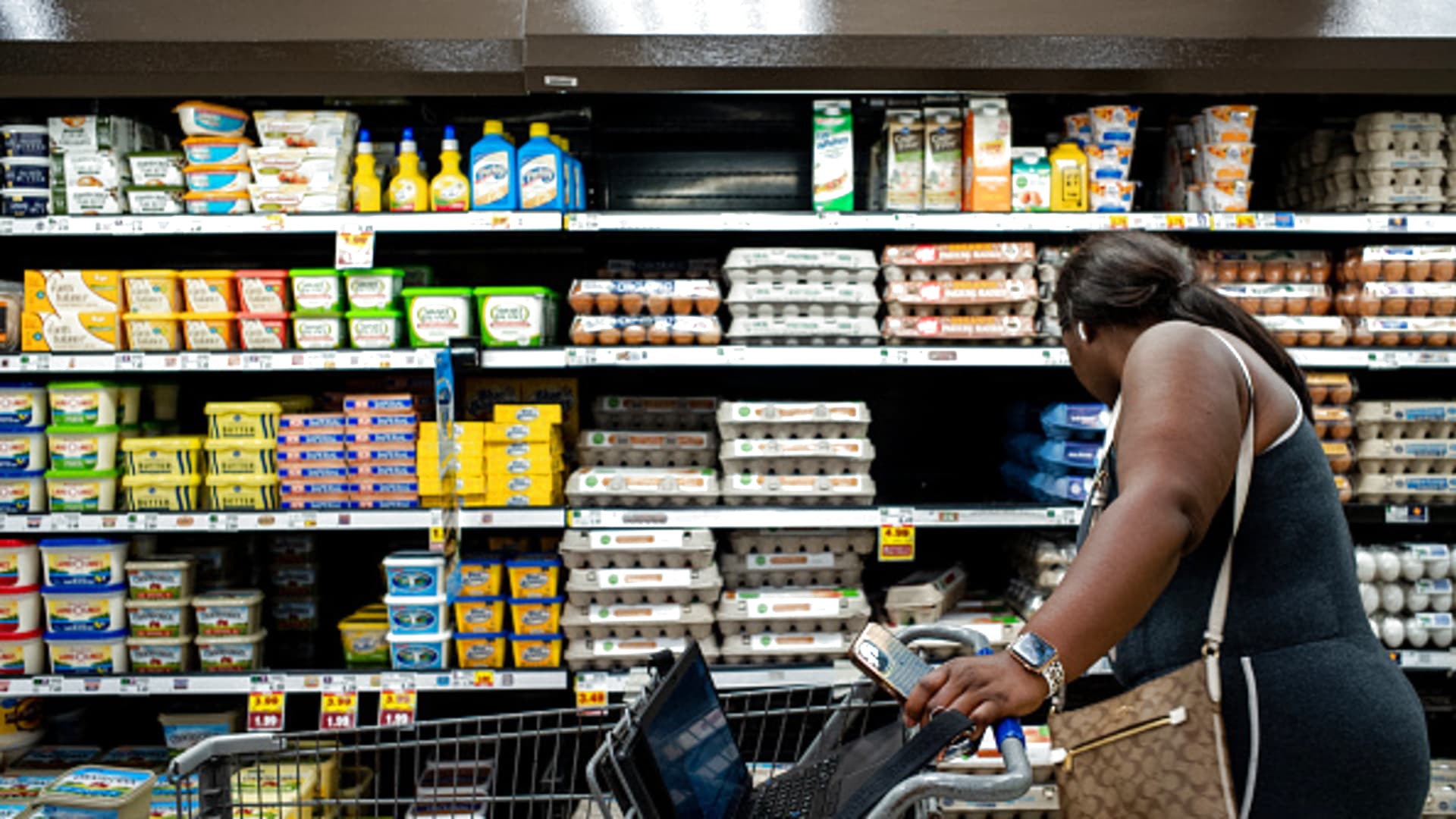US Markets
Monday, August 19th, 2024 2:17 pm EDT
Key Points
- Goldman Sachs lowered its U.S. recession probability forecast to 20% from 25%, following better-than-expected labor market data, including a rise in retail sales and lower unemployment benefit claims.
- Initially, Goldman raised the recession risk after the weak July jobs report and the triggering of the “Sahm rule,” which indicates a recession if unemployment trends rise sharply. However, new data showed no signs of an impending recession.
- A healthy jobs report on September 6 could further reduce the recession probability to 15%, and markets now expect a 25-basis-point rate cut by the Federal Reserve in September, rather than a steeper cut.
Goldman Sachs has lowered its probability forecast for a U.S. recession to 20%, a change from its earlier raised estimate of 25%, based on recent labor market data. Initially, the bank had increased its recession probability from 15% to 25% after the U.S. July jobs report showed weaker-than-expected nonfarm payroll growth of 114,000 jobs, significantly below the Dow Jones estimate of 185,000 and the revised June figure of 179,000. This report led to concerns about the health of the U.S. economy, contributing to a brief stock market sell-off and triggering the “Sahm rule,” which suggests the start of a recession when the three-month average of unemployment rises by at least 0.5 percentage points above the 12-month low.
Goldman Sachs initially cited the weak job data as a reason for its recession forecast increase, but changed its outlook following more optimistic data. Since the early August jobs report, U.S. retail sales for July rose by 1%, beating expectations of a 0.3% rise, and weekly unemployment benefit claims came in lower than anticipated. These figures led to a shift in sentiment and sparked a rally in global stocks, prompting Goldman to reduce its recession probability to 20%.
The bank explained that the recent economic data show “no sign of a recession” and noted that continued U.S. economic expansion would resemble the patterns seen in other G10 economies, where the Sahm rule has not been a reliable recession indicator, working less than 70% of the time. For instance, several smaller economies, including Canada, have experienced significant increases in unemployment rates without entering recessionary phases.
Claudia Sahm, the economist behind the Sahm rule, agreed that the U.S. is not currently in a recession but cautioned that a continued weakening of the labor market could lead to one. The upcoming September 6 jobs report is expected to be crucial in determining future economic forecasts. A healthy report could result in Goldman Sachs further lowering its recession probability back to 15%, which had been its long-standing estimate before August.
Goldman Sachs also predicted that if labor market conditions remain stable, the Federal Reserve is more likely to implement a 25-basis-point rate cut at its September meeting, rather than a steeper 50-basis-point reduction. This view aligns with market expectations, which have fully priced in a rate cut but have significantly reduced the probability of a larger 50-basis-point cut to just 28.5%, according to CME’s FedWatch tool.
Rashmi Garg, senior portfolio manager at Al Dhabi Capital, echoed this sentiment, stating that a 25-basis-point rate cut is the most likely scenario unless there is significant labor market deterioration in the September jobs report. Overall, while initial concerns about a recession were driven by weak job numbers, the more recent positive economic data has tempered fears, leading Goldman Sachs and other analysts to adjust their forecasts toward a less pessimistic outlook for the U.S. economy.
For the full original article on CNBC, please click here: https://www.cnbc.com/2024/08/19/goldman-sachs-cuts-odds-of-us-recession-to-20percent-on-fresh-data.html




